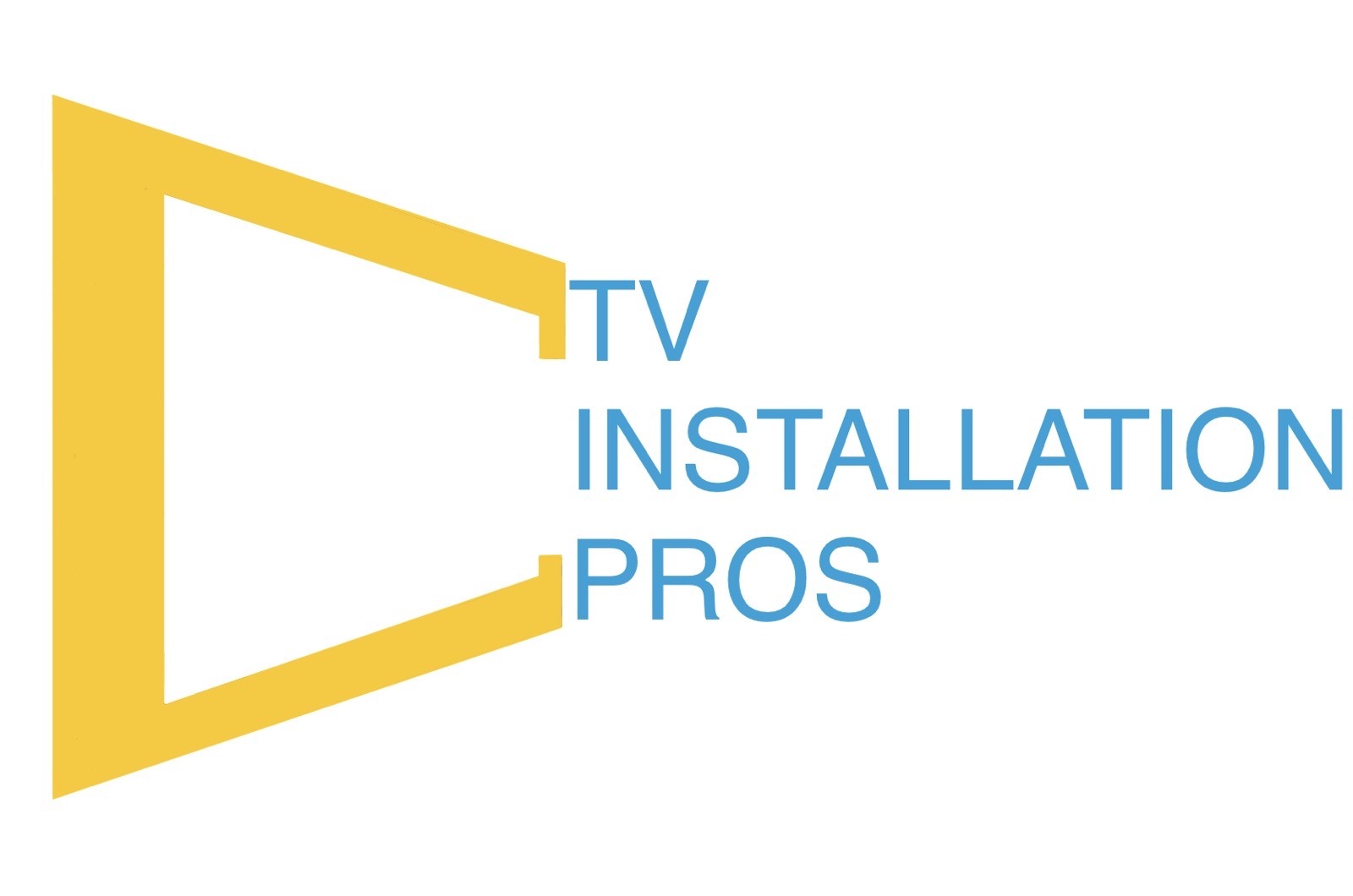How High Should You Mount a 75-inch TV?
How High Should You Mount a 75-inch TV?

QUESTION:
What Is the Ideal Height for Mounting a 75-inch TV?
ANSWER:
With the increasing popularity of large screen TVs, homeowners often face the dilemma of determining the optimal height for mounting their TVs. A 75-inch TV, being a substantial investment, deserves careful consideration when it comes to placement. To create an immersive and comfortable viewing experience, it's essential to mount the TV at the right height. In this article, we will explore the factors to consider and guidelines to follow when determining how high to mount a 75-inch TV.
Eye Level and Viewing Angle
One of the primary considerations when determining the ideal TV height is maintaining an appropriate viewing angle. The optimal viewing experience occurs when the viewer's eyes are level with the center of the screen. By positioning the TV at eye level, you can ensure that the images on the screen are evenly distributed, avoiding strain on the neck and eyes.
To achieve this, measure the distance from the floor to the viewer's eye level when seated. Then, subtract half of the TV's vertical height to find the desired mounting height. Remember that this measurement may vary depending on personal preferences, seating arrangements, and the specific layout of your room.
Seating Distance
Another crucial aspect to consider is the seating distance between the viewers and the TV. The size of your TV and the room's dimensions will play a role in determining the appropriate distance. For a 75-inch TV, a general rule of thumb is to sit between 8 and 12 feet away from the screen. This distance ensures a comfortable and immersive viewing experience, allowing viewers to take in the details without feeling overwhelmed or straining their eyes.
Wall Mounting Considerations
When it comes to wall mounting a 75-inch TV, the type of mount you choose can impact the viewing experience. There are several options available, including fixed mounts, tilting mounts, and full-motion mounts. Fixed mounts keep the TV close to the wall and are ideal for minimizing glare in rooms with controlled lighting. Tilting mounts allow you to adjust the viewing angle vertically, which can be helpful if your seating arrangement is lower or higher than the recommended eye level. Full-motion mounts offer the most flexibility, allowing you to tilt, swivel, and extend the TV to achieve the desired viewing position.
Room Considerations
The layout and design of your room will also influence the optimal TV height. Take into account any existing furniture or architectural features that may impact the viewing experience. For example, if you have a fireplace, you may want to ensure the TV is mounted high enough to avoid discomfort from neck strain while watching. Similarly, consider the position of windows and ambient lighting to minimize glare and reflections on the screen.
Personal Preference and Comfort
Lastly, personal preference and comfort should not be overlooked. While there are guidelines to follow, it's crucial to find a height that suits your individual needs and preferences. Take the time to experiment with different heights before permanently mounting the TV. Consider sitting in various seating positions to ensure that the chosen height accommodates everyone's viewing preferences.
Determining the optimal height for mounting a 75-inch TV involves considering several factors to create a comfortable and immersive viewing experience. By aligning the TV's height with the viewer's eye level, maintaining an appropriate viewing angle, and taking into account seating distance, room layout, and personal preferences, you can enjoy the full potential of your large screen TV. Remember to choose a suitable wall mount that offers the flexibility and adjustability needed to achieve the desired viewing experience. With careful consideration and attention to detail, you can transform your living space into a captivating home theater for you and your loved ones to enjoy.
Would you like to leave a comment?
By clicking the button you agree to our Privacy Policy


